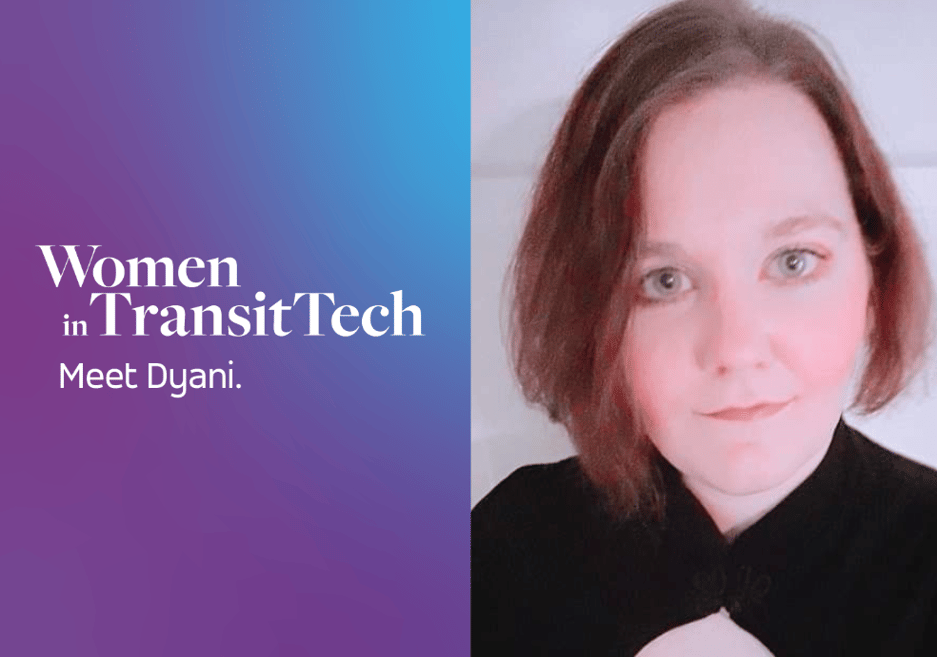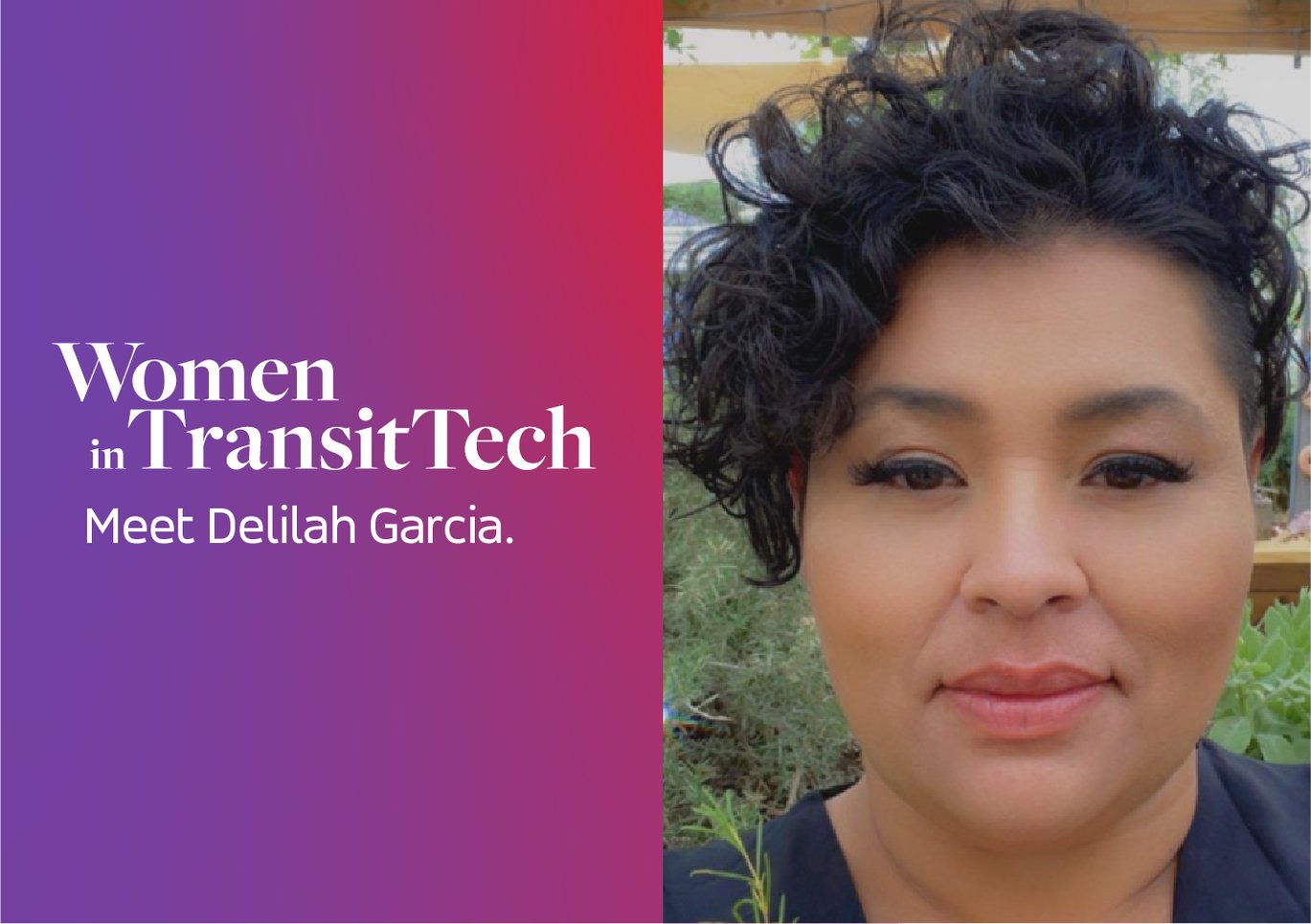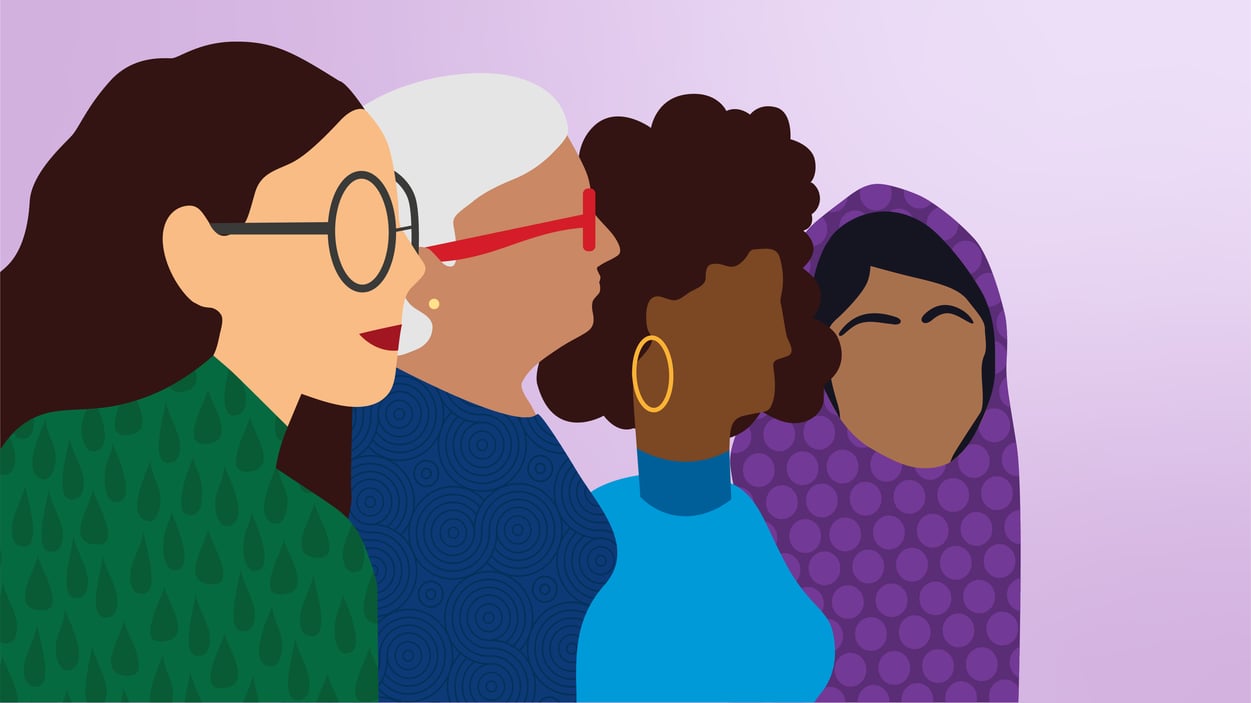At Via, we believe in a world where everyone has access to efficient, affordable mobility. We’re honored to partner with numerous female innovators who bring their experiences and insights to help build a more connected world through TransitTech. Here, we share stories from a new mom who started as a rider of her town’s on-demand service in Texas, and now works as a driver partner; a transit official in New Jersey who oversees programs of hundreds of millions of dollars; an operations director who drove the community bus almost 20 years ago, and now leads a team of dozens of planners. These women ride, drive, plan, and design the best possible transportation services for their communities.
 “You drive everybody. And you ride around with students, mothers with their kids, and people experiencing homelessness. It’s a variety of people who use it.” – Dyani, GoZone rider and driver Before GoZone, a microtransit network in Denton County, Texas, Dyani spent up to $1,000 every month on taxis and private rideshare services. She discovered GoZone shortly after its launch, and soon both she and her husband were using it regularly to get to work. And when Dyani found out she was pregnant, GoZone became more than a way to get to work — it became her work. She worked as a GoZone driver for the last few months of her pregnancy while still riding the service herself. As both a rider and driver, Dyani was able to observe the variety of people who use the service.
“You drive everybody. And you ride around with students, mothers with their kids, and people experiencing homelessness. It’s a variety of people who use it.” – Dyani, GoZone rider and driver Before GoZone, a microtransit network in Denton County, Texas, Dyani spent up to $1,000 every month on taxis and private rideshare services. She discovered GoZone shortly after its launch, and soon both she and her husband were using it regularly to get to work. And when Dyani found out she was pregnant, GoZone became more than a way to get to work — it became her work. She worked as a GoZone driver for the last few months of her pregnancy while still riding the service herself. As both a rider and driver, Dyani was able to observe the variety of people who use the service.
“You drive everybody,” she said. “And you ride around with students, mothers with their kids, homeless people… It’s nice seeing how the drivers go above and beyond to help people out.” Although she stopped driving for GoZone after giving birth, she looks back fondly on the experience, saying, “I had riders that I super loved.” GoZone is still her go-to mode of transit as her family saves up for a car, and offers a convenient mobility option for her family to explore the city and beyond.
 “I saw the challenges that my grandma was facing, so I learned how to drive the bus... I showed her how the lift worked and gave her the confidence to know we would take care of her. Not only because she was my grandma, but because that was what the service does for so many individuals. ” – Delilah Garcia, Operations Director for NCRTD Delilah Garcia, Transit Operations Director at North Central Regional Transit District (NCRTD) in northern New Mexico, got her start in transit nearly 20 years ago as a driver in Taos, a small town with $6,600+ residents in north-central New Mexico. At first, she said she was "terrified to drive such a large vehicle." But she finally got behind the wheel in hopes of helping her non-driving grandmother overcome her hesitance in riding the bus. “At that point, because I saw the challenges that she was facing, I learned how to drive the bus. I got on the bus and I picked her up. I showed her how the lift worked and gave her the confidence to know we would take care of her.” Garcia said.
“I saw the challenges that my grandma was facing, so I learned how to drive the bus... I showed her how the lift worked and gave her the confidence to know we would take care of her. Not only because she was my grandma, but because that was what the service does for so many individuals. ” – Delilah Garcia, Operations Director for NCRTD Delilah Garcia, Transit Operations Director at North Central Regional Transit District (NCRTD) in northern New Mexico, got her start in transit nearly 20 years ago as a driver in Taos, a small town with $6,600+ residents in north-central New Mexico. At first, she said she was "terrified to drive such a large vehicle." But she finally got behind the wheel in hopes of helping her non-driving grandmother overcome her hesitance in riding the bus. “At that point, because I saw the challenges that she was facing, I learned how to drive the bus. I got on the bus and I picked her up. I showed her how the lift worked and gave her the confidence to know we would take care of her.” Garcia said.
She did this not only because of her grandma, but also out of responsibility to demonstrate “what the service we were providing does for so many individuals,” Garcia said. “It gives them a sense of independence, the ability to get out and not have to rely on friends or family, especially in a place like Taos.”
Now, 19 years after she started as a bus driver and dispatcher in Taos, Garcia oversees the region's 29 routes over 10,000+ square miles and eight counties that NCRTD serves. She introduced Remix Scheduling to her agency, empowering her entire scheduling and operations team to manage services more efficiently at scale, reducing staff time significantly and saving costs. “I got into transit because it was clear [the community] needed the support,” she said. “Now that I’m in transit, I will never leave it. This is my career and this is my passion and I will do it until I retire.”
 “I am a woman of color working in a field where people who look like me are typically underrepresented, undermined, and undervalued. It is incredibly empowering to not only find success in this line of work, but to help change the way people conceptualize and practice city-building.” – Barkha Patel, Director of Infrastructure for Jersey City Barkha Patel, Director of Infrastructure for Jersey City, New Jersey, discussed how innovative transportation projects became her passion. As a new graduate majoring in urban design in planning school back in 2015, Patel neither intended nor expected to get into the transportation space firsthand. But her “admiration and fascination” with the city itself changed all that.
“I am a woman of color working in a field where people who look like me are typically underrepresented, undermined, and undervalued. It is incredibly empowering to not only find success in this line of work, but to help change the way people conceptualize and practice city-building.” – Barkha Patel, Director of Infrastructure for Jersey City Barkha Patel, Director of Infrastructure for Jersey City, New Jersey, discussed how innovative transportation projects became her passion. As a new graduate majoring in urban design in planning school back in 2015, Patel neither intended nor expected to get into the transportation space firsthand. But her “admiration and fascination” with the city itself changed all that.
“All of my graduate school work happened to revolve around Jersey City in one way or another. When I graduated, the only open planning position in Jersey City was for transportation. I took it because I really love this city and wanted to contribute in any way I could,” said Patel. As one of the few women of color in the transit leadership team, and in a field where people like her are typically “underrepresented, undermined, and undervalued”, she’s proud that bringing her unique insights to the service planning process is truly impactful. “It is incredibly empowering to not only find success in this line of work, but to help change the way people conceptualize and practice city-building,” she said.
To solve the long-standing problem of transit deserts in the city, Patel took an innovative approach with bold ideas. Rather than investing millions of dollars and decades of planning to implement a fixed-route program, she led the team to introduce the state’s first subsidized on-demand microtransit service, Via Jersey City, to the community, and has seen huge successes.
“Our service has been touted as a leader in the space, as it’s one of the most successful launches just from a ridership perspective,” said Patel. “Our goal is to make sure that we improve our ability to serve people living in transit deserts, to ensure the highest quality of life for Jersey City residents. ”
While we are highlighting just a few female changemakers in this article, their personal narratives are representative of many more who are leading the charge for more equitable, affordable, and environmentally sustainable transit. To meet more amazing women in transit, check out our series “Women in TransitTech”, and happy Women’s History Month!




